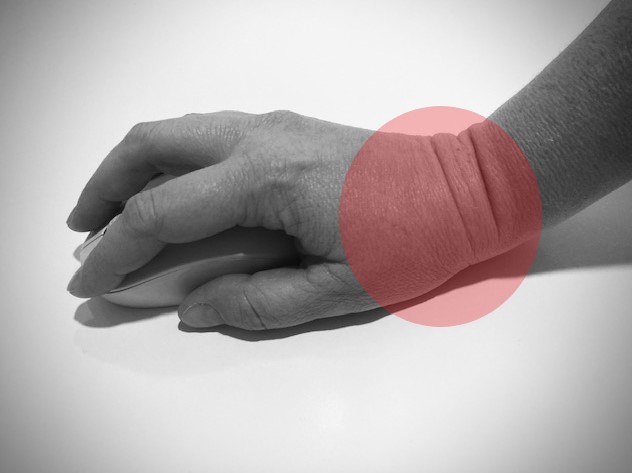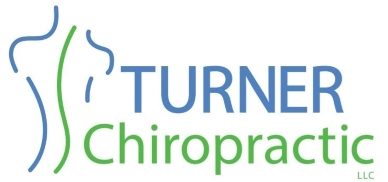Carpal Tunnel vs. Neck Problems

Many people struggle with nerve pain in their hands. While some truly have carpal tunnel syndrome, many may actually be suffering from cervical radiculopathy (nerve pain originating from the neck). In this post I want to break down the difference between the two.
In carpal tunnel syndrome the nerve pain pattern is felt in the thumb, index finger, middle finger, and half of the ring finger. This nerve pattern is due to pressure on the median nerve which travels through your wrist under what is known as the carpal tunnel on the palm side of the hand. People may experience numbness, tingling, or weakness in the areas listed above. Injury or aggravation to the carpal tunnel is usually repetitive motion with the hand or hands. The examples I always heard in chiropractic school were cashiers at grocery stores and hair dressers. Since it is getting harder to find an actual cashier at a grocery store, this may be an outdated reference. However, I would add to that list another example that I experienced myself, handle bars from a bicycle on a long bike ride. Fractures and injuries directly to the area may cause carpal tunnel syndrome as well.
The best way to truly diagnose carpal tunnel is EMG or Nerve Conduction testing. If your nerve pain is in the thumb, index finger, middle finger, and half of the ring finger, there is a good possibility that the problem is carpal tunnel. If not, there is a good possibility that the problem is coming from the neck.
Between each vertebra in the neck you have cervical nerves that exit the spine on either side. Those nerves travel to various parts of the shoulder, arm, and hand. For example, the C6 nerves travel to your thumbs and index fingers, the C7 nerves travel to the middle fingers, and the C8 nerves travel to the ring and pinky fingers. Sometimes people have problems in their neck that cause pain, numbness, tingling, or weakness in those areas. The list of neck problems ranges from muscle spasm, misalignment, possible disc bulges, fractures… the list goes on.
As a chiropractor, there are tests which prove useful in diagnosing carpal tunnel vs. cervical radiculopathy. Depending on what the suspected cause, your health care professional may need to do further studies. I have found that even with mild disc bulging that chiropractic is a very effective treatment for cervical radiculopathy. Adjusting the carpal bones of the wrist may also make space in the carpal tunnel and help with carpal tunnel syndrome.
Don’t let your mind run wild when you have pain. Just get it checked out. People immediately think the worst possible outcome when they are in pain. Sometimes all it takes to ease your mind is simply getting an answer regarding what is happening with your body. Know that there are less invasive measures than starting with surgery. Maybe it just takes an adjustment to give you relief. Maybe the answer is PT or nutrition. In my opinion, it makes more sense to start minimally invasive and work your way up if needed. I have heard horror stories of people that have had surgery and then the problem persists after surgery. Guess what that means? The problem is somewhere else. The moral of the story is, take time to find out the source of the problem and proceed from there.
